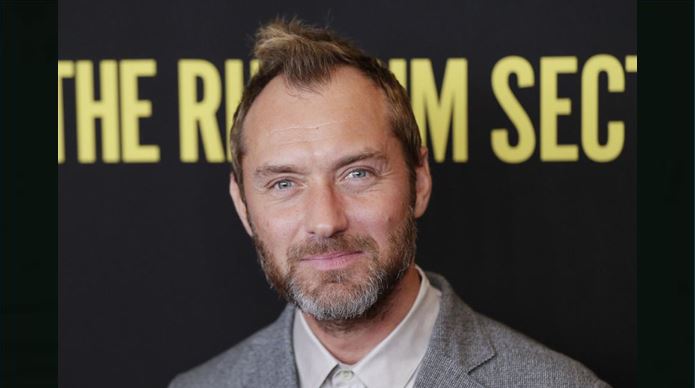
PARK CITY, Utah, Jan. 30 (UPI) — Jude Law and Carrie Coon play a married couple going through a rough patch in “The Nest.” In light of films about divorce, from “Kramer vs. Kramer” to “Marriage Story,” these two actors wanted to portray a tumultuous relationship with hope of reconciliation.
“We were both excited to play a couple who went through such drama and intense change, and yet were operating from a real bedrock of love,” Law said at a question-and-answer session after the film’s premiere at the Sundance Film Festival.
“Often families survive these kind of journeys.”
Rory O’Hara (Law) moves wife Allison (Coon) and their children (Charlie Shotwell and Oona Roche) to England in the 1980s to pursue a business opportunity. Allison resists the move right away, and tension escalates when Rory’s job doesn’t pan out as he had hoped.
“I have not seen many egalitarian marriages represented on stage, but those are the marriages that I experienced in my life: my parents, my grandparents, my own marriage,” Coon said.
“It was really exciting to see a couple where they had had these agreements that they made. They had to keep remaking them and reinventing them or doubling down on them. It just felt really true to me.”
A Sundance audience member called Law’s character a modern-day Willy Loman, from Death of A Salesman. Loman was a traveling salesman who lost income and ultimately his job in the play.
“I like that,” Law said. “I think you’re going to see that quoted a lot on my press tour. ‘I kind of see him as a modern Willie Loman.”
Law agreed the comparison was apropos, because Rory put his own success over his family’s well-being. Loman’s career also kept him at a distance from his wife and sons.
“The right dreams would be that the family was happy and that they were really being listened to and recognized,” Law said. “It would be more of a world in which he listens and perhaps attends to their needs as opposed to the sort of whirlpool of aspirations that he gets sucked into.”
“The Nest” is not just a movie about Rory and Allison arguing. It also shows them making love passionately and taking pride in their children. That’s why the stakes are so high when Allison begins to crack under the pressure of sustaining the house and Rory is not around to support her.
“I think there are little moments at the beginning, certainly, where you realize there’s a lot of passion, a lot of love,” Law said. “Yet, they are full of faults, too. Both really want the best for the family. Sometimes you think something is the best for family and you’re so busy trying to achieve that that you take the eye off the family and the family falls apart.”
Writer/director Sean Durkin returned to Sundance with “The Nest” after his 2011 film, Martha Marcy May Marlene. Durkin said he made the film a period piece because he moved back and forth between the United States and England in the ’80s and ’90s. He felt the adjustment for a family was more drastic then than it might be today.
“Now, the two countries are much more seamless,” Durkin said. “I wanted to make something about that, about what a move like that can do to a marriage and do to a family when you take everyone out of their routine and change the scenery. These things bubble up.”
The O’Haras move to a giant house in England that Rory ultimately cannot afford. Law suggested that perhaps the house sowed the seeds of the O’Haras’ turmoil.
“I always had a feeling that the house took on a sort of personality, that it started to haunt them,” Law said.






